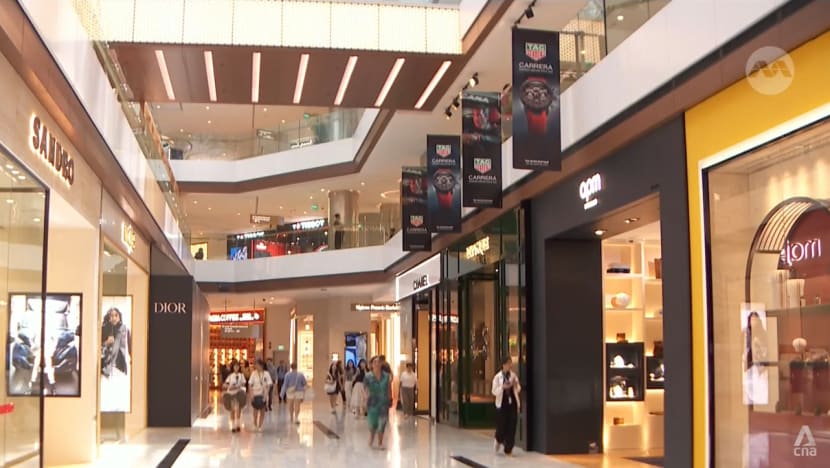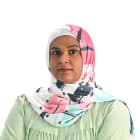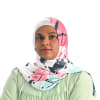Singapore shopping malls explore newer concepts to attract more patrons
At Tampines 1, spectacles shop LensKart runs its first studio store that uses augmented reality to help shoppers decide which pair to pick.

A shopping mall in Singapore.

This audio is generated by an AI tool.
SINGAPORE: Creating new looks based on viral Korean hair colour analysis, nail services catering to Muslim customers, and shops dedicated to selling Chinese tidbits.
These are the types of newer concepts as well as entertainment and wellness outlets that are bringing in the crowds to shopping malls, operators said.
Frasers Property Singapore, which operates 12 malls mostly in residential areas, welcomed more than 100 new tenants in the past year - about half of them specialty retailers.
For instance, at Tampines 1, spectacles shop LensKart runs its first studio store that uses augmented reality to help shoppers decide which pair to pick, said Frasers Property’s deputy chief operating officer of retail Adrian Tan.
The firm is also constantly working with food court operators to come up with novel offerings.
Similarly, CapitaLand has seen an influx of new brands, welcoming about 130 new brands into its portfolio in the past year. These include online businesses that have gone the brick-and-mortar route and more Chinese concept shops, said Ms Tan Mui Neo, the property firm’s managing director of retail management, retail and workspace.
Among these new offerings is The Inn Live House at Bugis+, where patrons can dine while a live band performs Chinese songs.
MAKING MALLS MORE ATTRACTIVE
Having more entertainment establishments adds to a mall’s vibrancy, especially those that also offer F&B concepts, noted Ms Sulian Tan-Wijaya, executive director of retail and lifestyle at real estate firm Savills Singapore.
With shoppers avoiding malls due to boredom from seeing the same stores everywhere, malls should distinguish themselves by looking out for new concepts to draw younger patrons, she added.
“Rather than relying on traditional safe brands which are everywhere, they proactively seek and court new brands or concepts which are relevant and on-trend,” she said.
Retail head at real estate firm Knight Frank Ethan Hsu gave examples of crowd-pullers like department stores, flagship concept stores and indoor playgrounds.
“Wellness, fitness, entertainment - these seem to be what Singaporeans and visitors to Singapore are embracing currently,” he added.
The malls have also been organising events to bring families together, which Mr Hsu said is the right direction to be headed in.
“People go to malls now not just to transact, but it's also to form a certain kind of interaction with either their loved ones, or their friends, or just to learn something there,” he said.
“Malls no longer can just rely on getting in the tenants that can sell something.”
He suggested that, for instance, malls could partner with an urban farm. Shoppers can then grow, name or adopt plants, which will make them part of a community and encourage future visits.
AREAS OF GROWTH
CapitaLand’s Ms Tan said malls can look to grow in areas like athleisure, beauty and food.
“Food is always the one (area) I think many people want to come and (enter), especially from China,” she said.
“We get a lot of inquiries from China, not (to sell) just Chinese food, but other other types of cuisine … but operated by the Chinese as well.”
Frasers’ Mr Tan said the company has attempted to differentiate itself by being more inclusive. Ten of its malls now provide dementia go-to points, while frontliners have been trained to spot people in distress.
The firm is on the lookout for more tenants to join and serve diverse communities.
As much as heartland malls should provide shoppers options for everyday essentials like groceries and dining, there can be more to it, said Mr Tan.
“We also want to make sure that it's an experience when it comes to the mall … meaning there's more to do, there's more to see, there's more to play,” he said.
“So it is our wish that we want to try and make our malls a lot more inclusive spaces.”



















